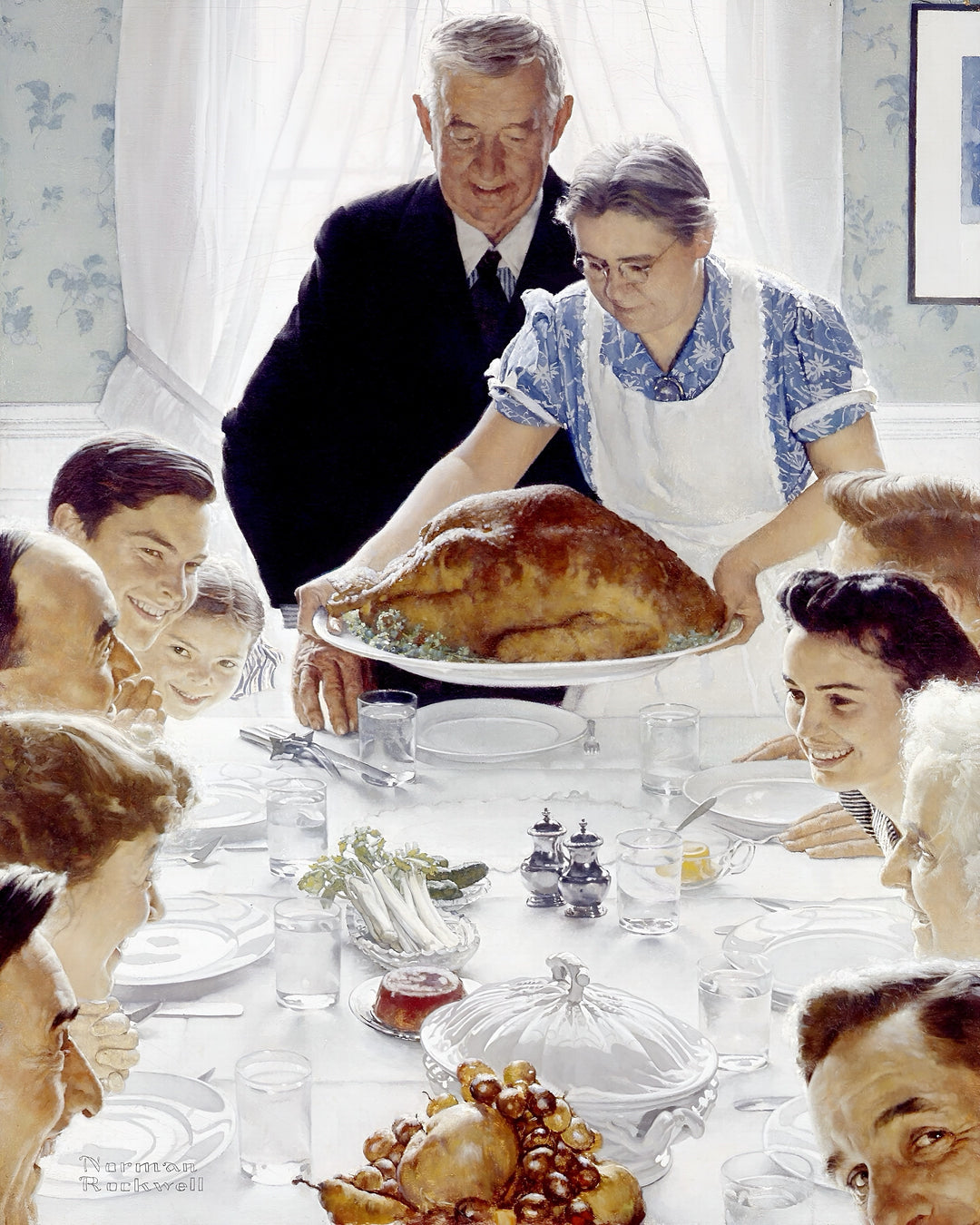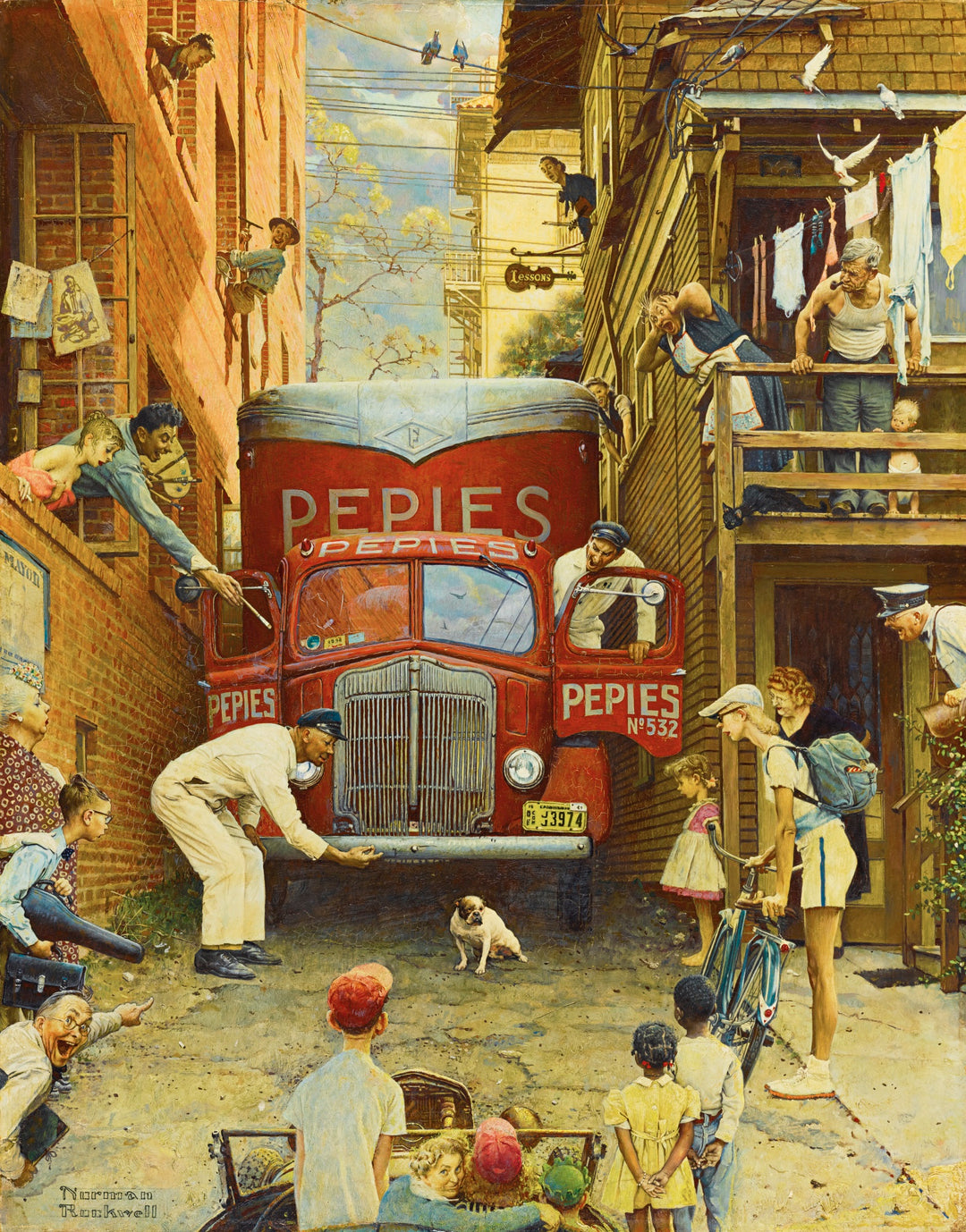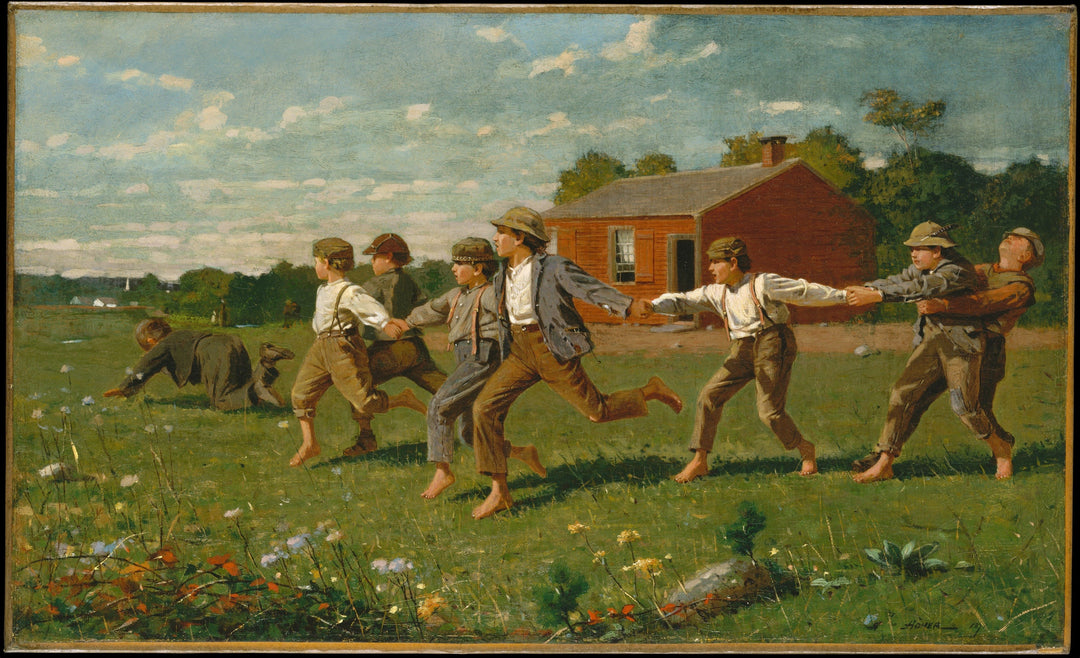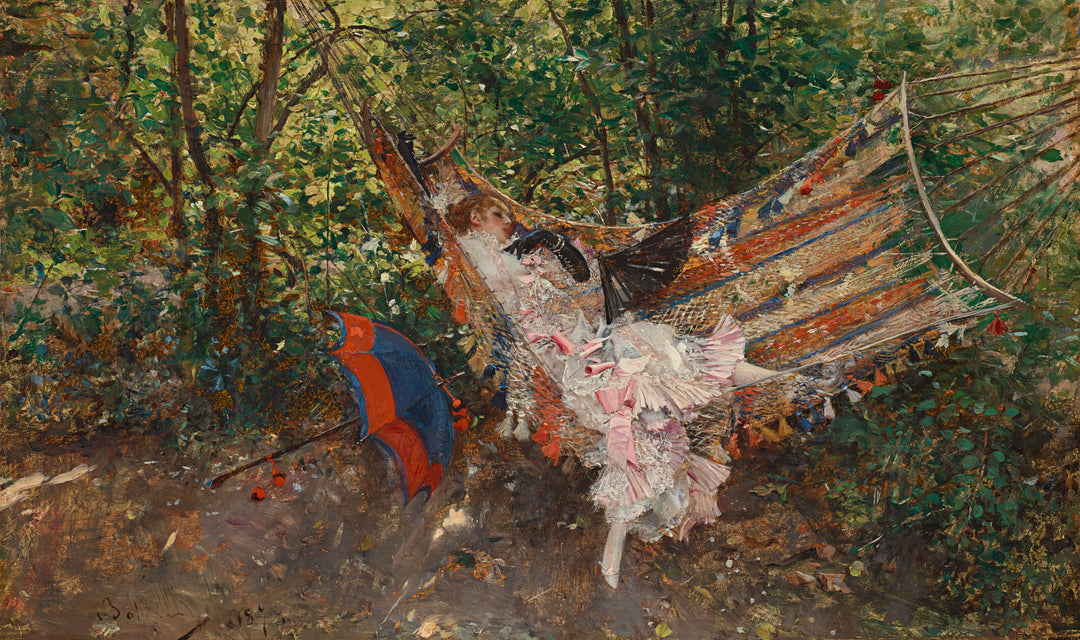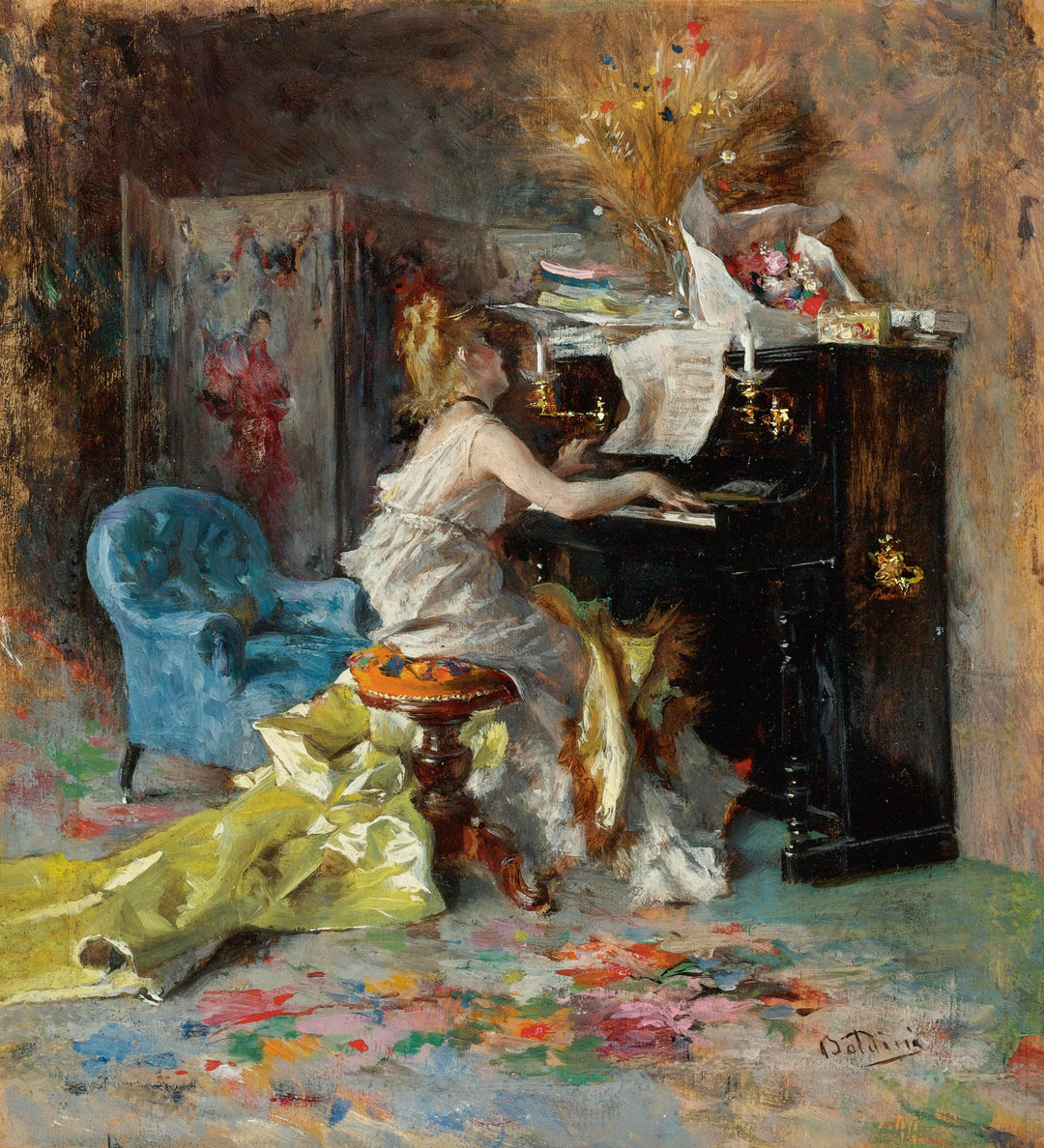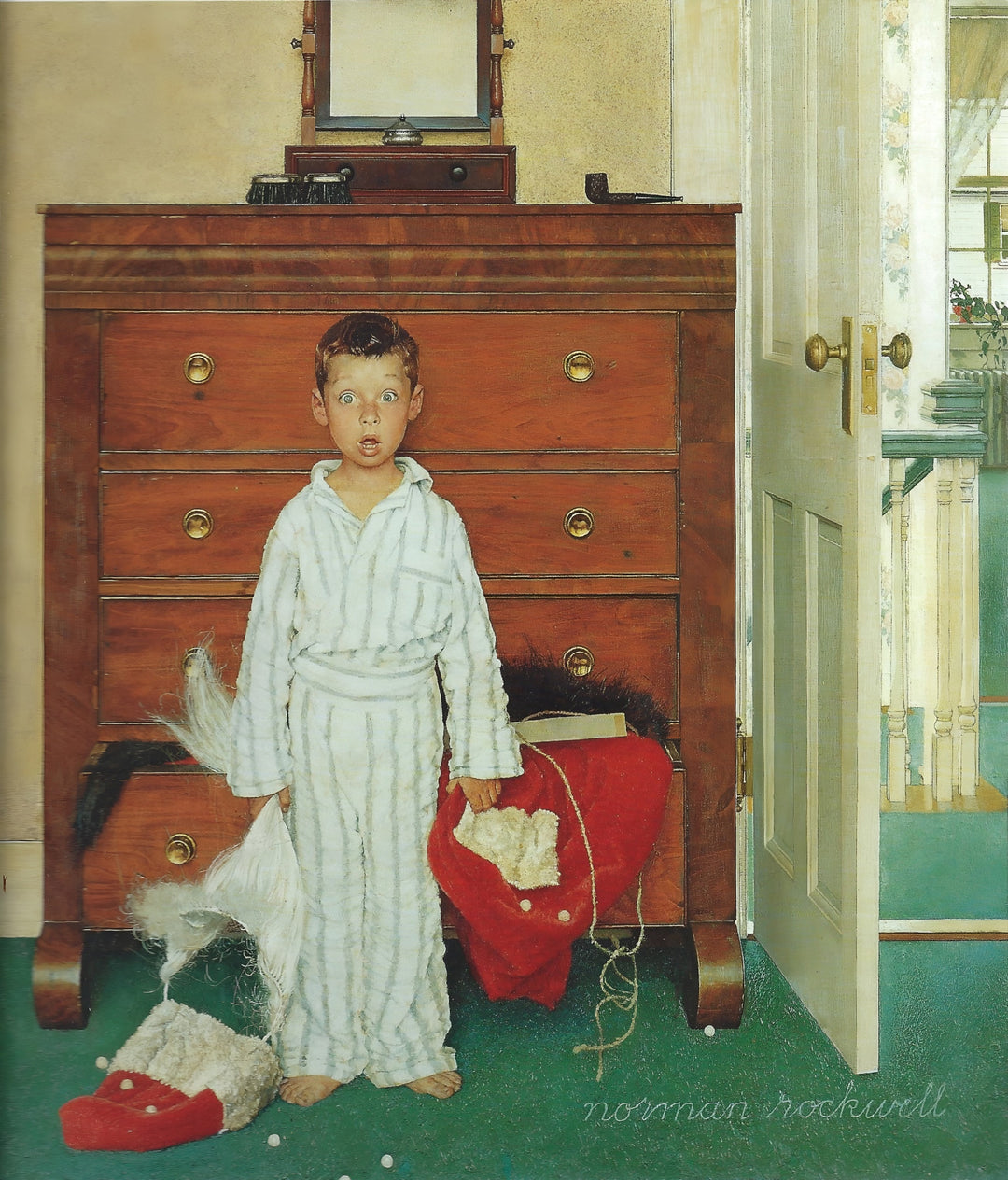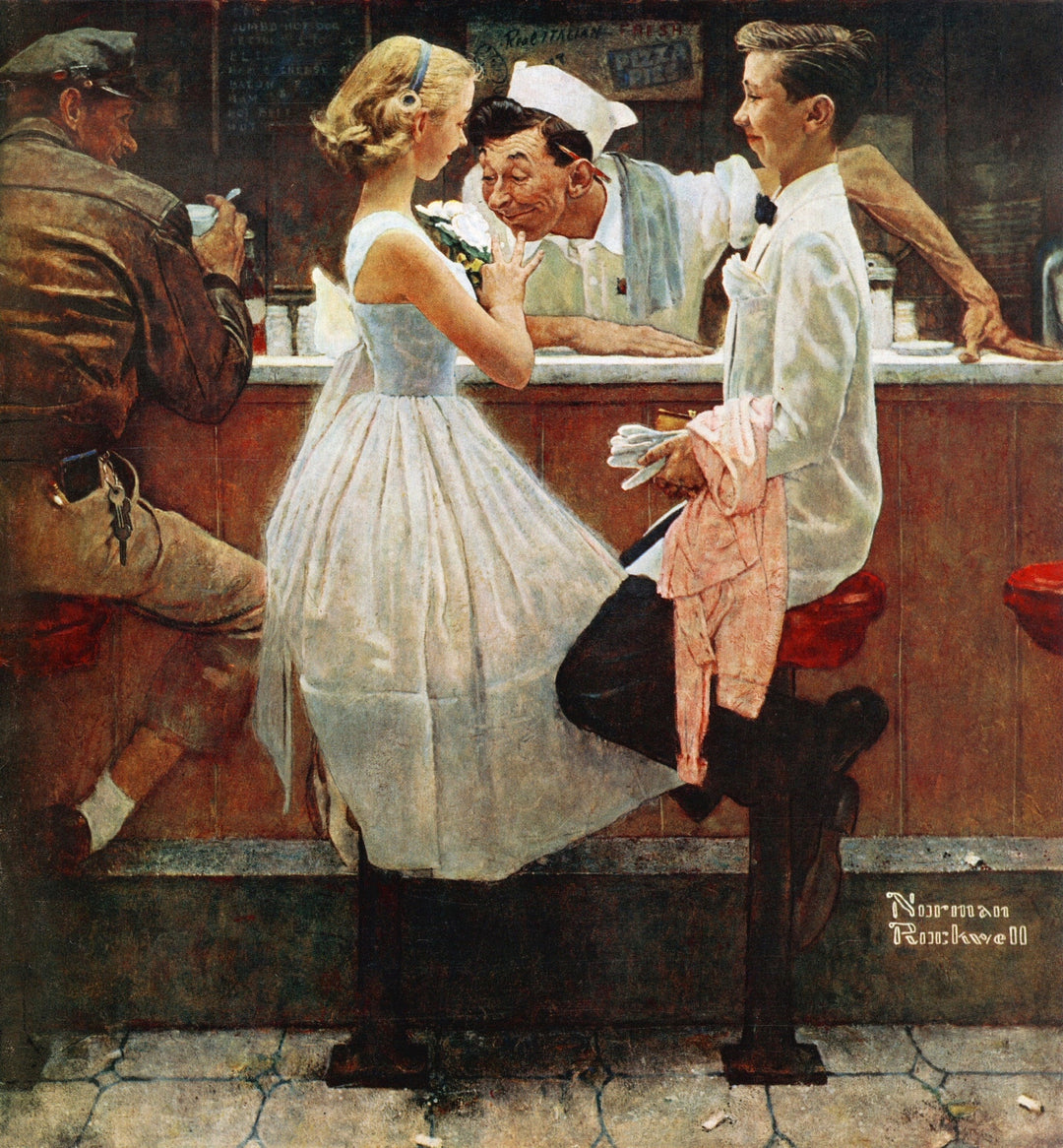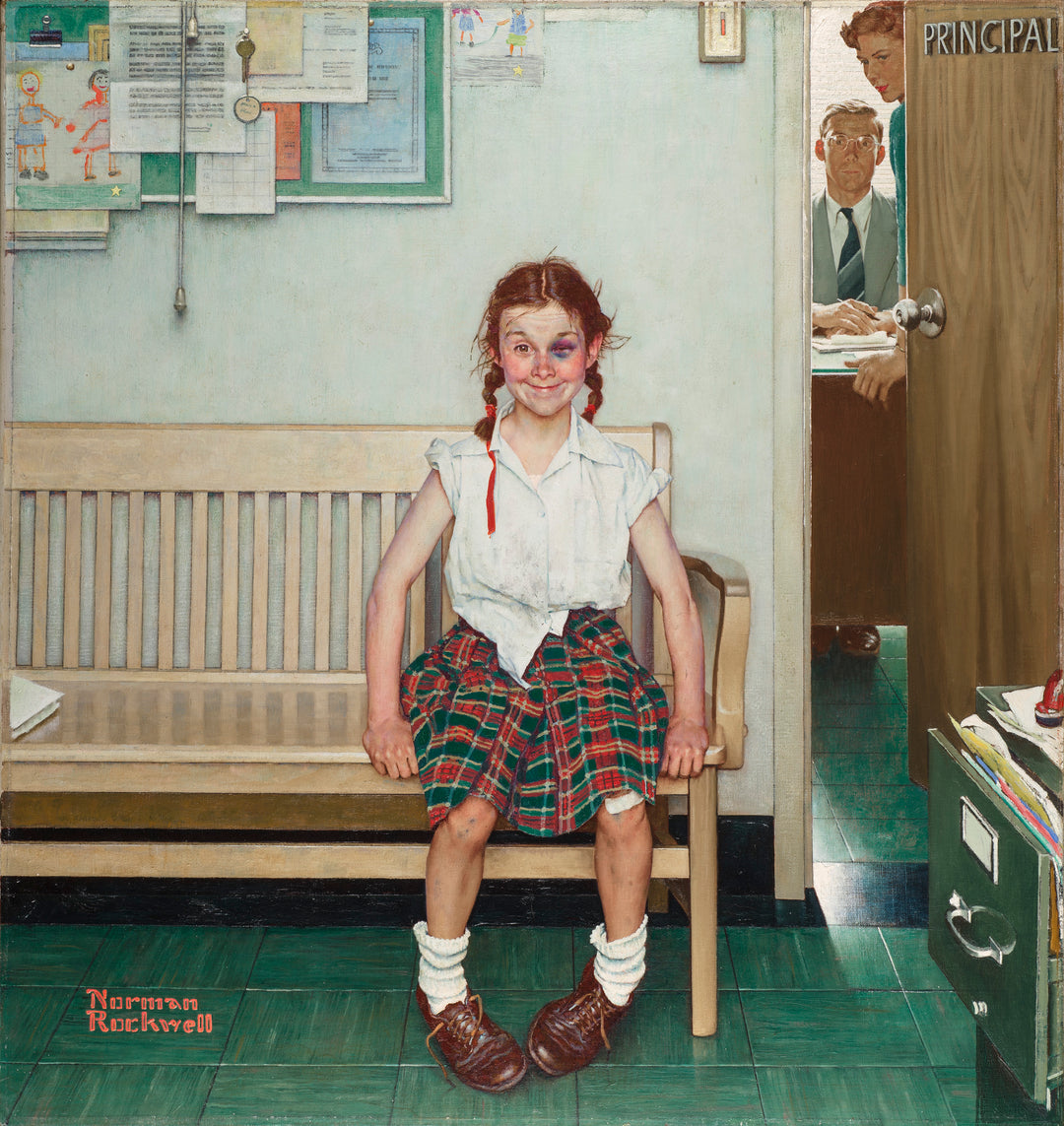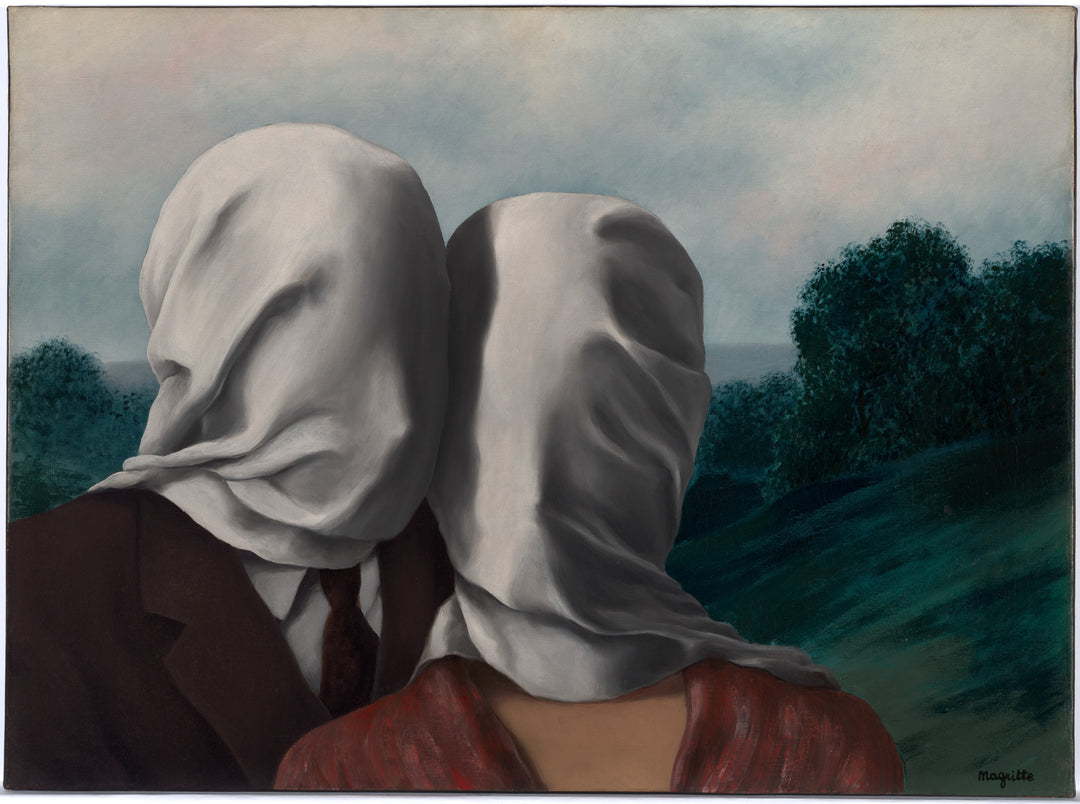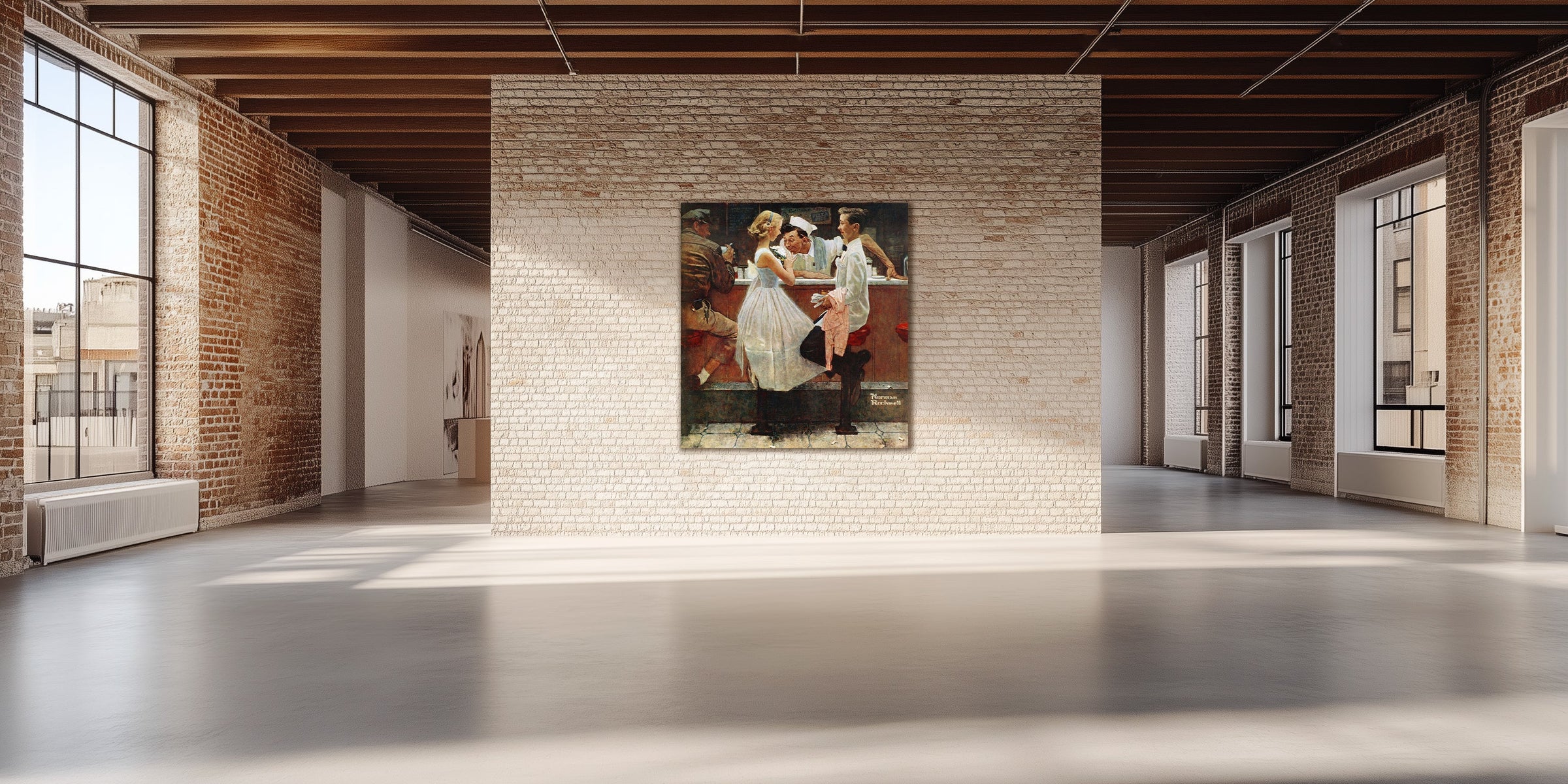
Realism
Realism emerged in the mid-19th century as a reaction against Romanticism , seeking to represent reality without idealizations. This movement was deeply influenced by the rise of positivism and the industrial revolution, which led artists to focus on everyday themes and the lives of the working classes. Gustave Courbet, considered the father of realism, rejected academic conventions and centered on the brutal honesty of human existence in works like "The Burial at Ornans." Another representative painter is Jean-François Millet, whose work "The Gleaners" shows the harshness of peasant life.
Realism also significantly influenced later artistic movements, such as impressionism and naturalism . Édouard Manet, although associated with impressionism, adopted realist principles in his frank representations of modern life. Attention to detail and the objective portrayal of society were key elements that realism bequeathed to these movements.
